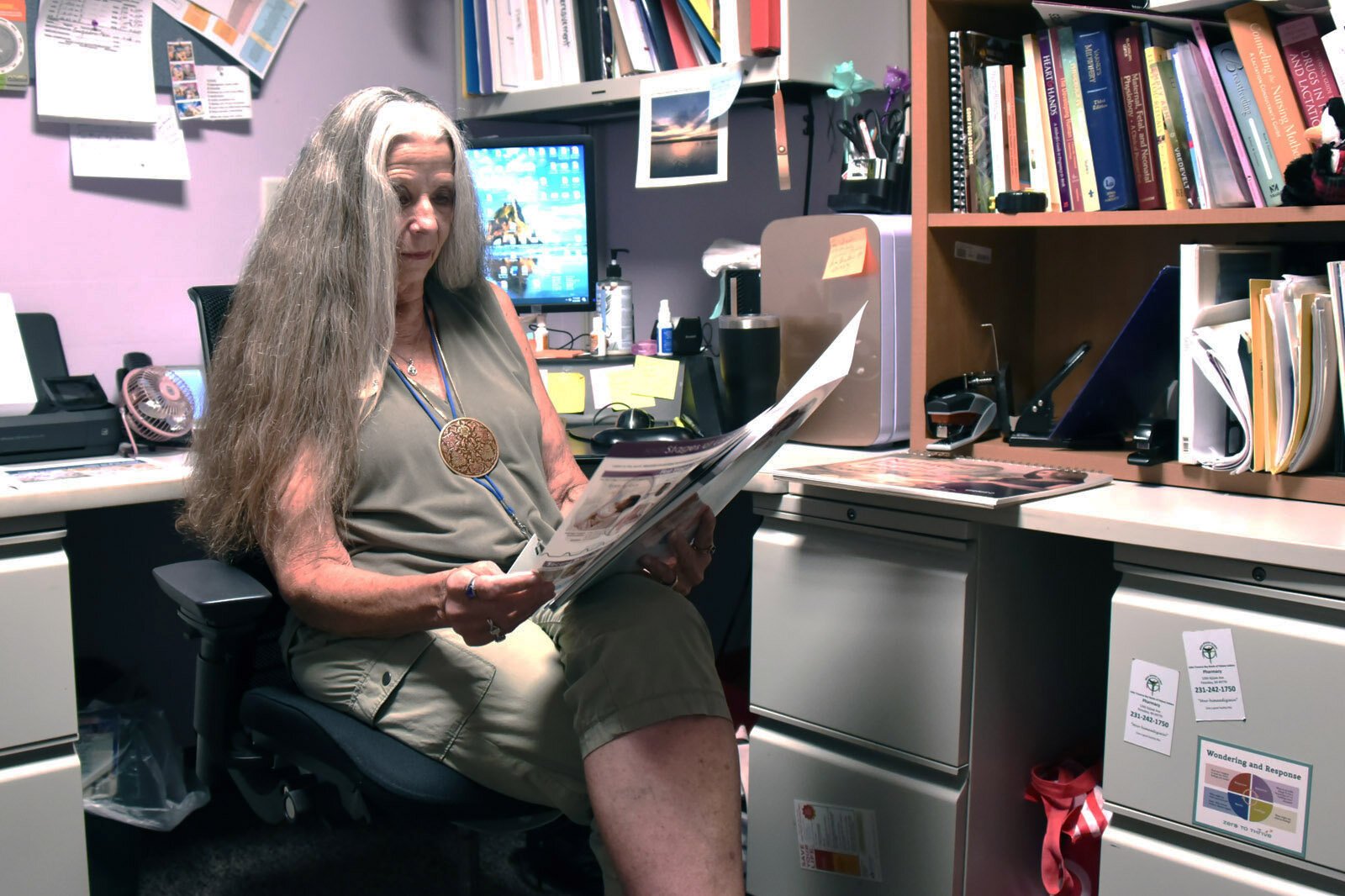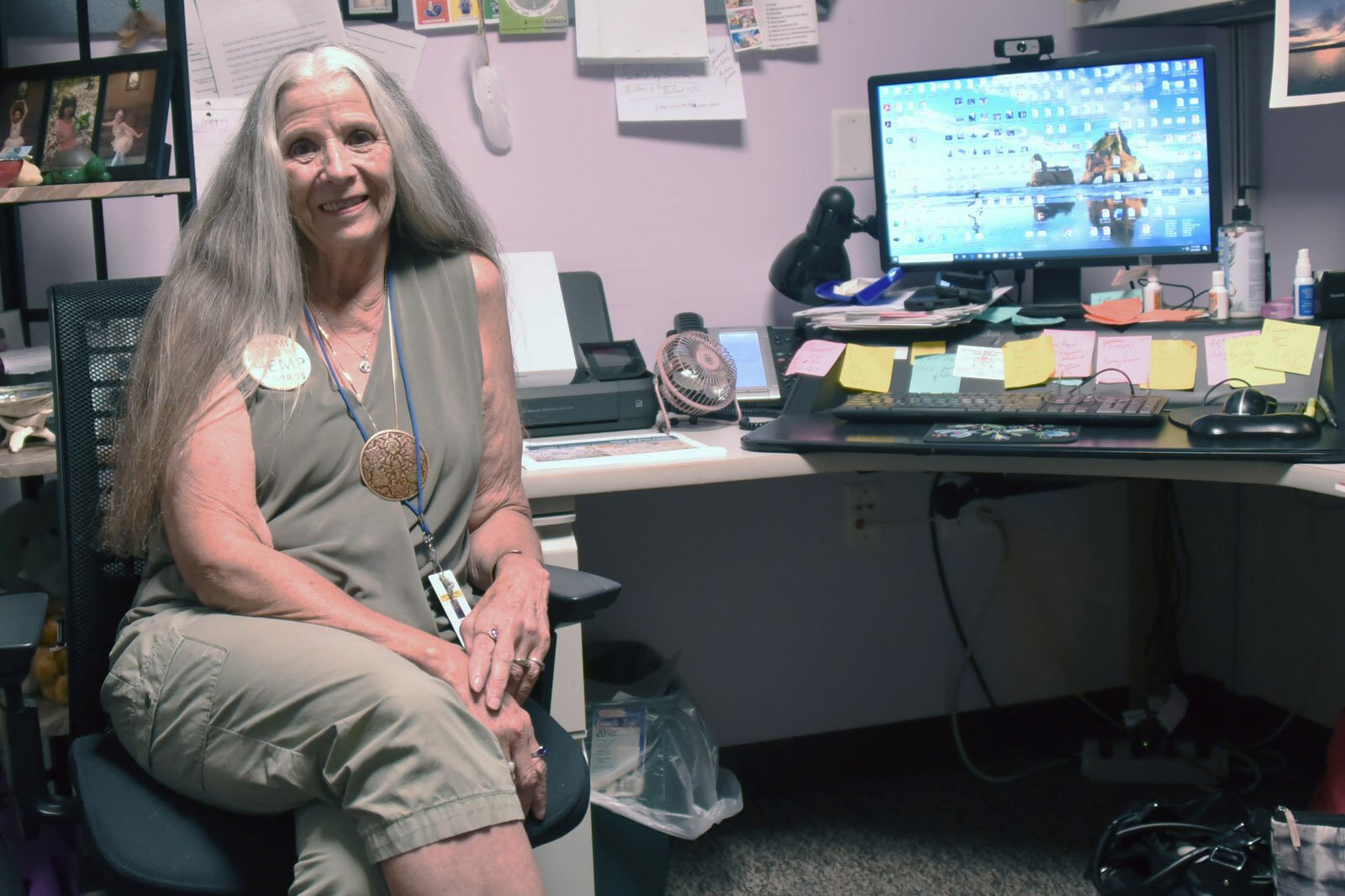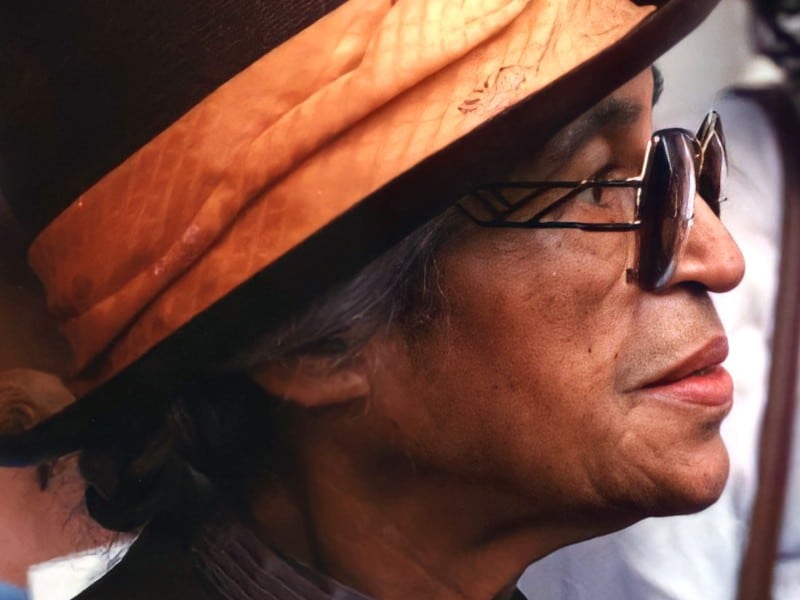
The new effort aims to build community power, map local ecosystems, and provide equity training to reduce significant disparities in infant mortality.
This article is part of State of Health, a series about how Michigan communities are rising to address health challenges. It is made possible with funding from the Michigan Health Endowment Fund.
In Michigan, Black infants are nearly three times more likely, and Indigenous infants twice as likely, to die in their first year of life than white infants. But a new project is creating a framework that communities can use to reduce those disparities and improve care for families of color.
The Community Architecture to Achieve and Sustain Equity is a project of the Michigan Public Health Institute (MPHI) in collaboration with the Intertribal Council of Michigan (ITCM) Asabike Coalition and Berrien County’s Raising Up Healthy Babies Taskforce (RUHB). The three organizations previously collaborated on a project called Achieving Birth Equity Through Systems Transformation (ABEST), which focused on identifying and raising awareness of the root causes of birth inequities.
“The root causes that we usually talk about are racism, classism, and gender oppression,” says Dr. Jennifer Torres, manager of the MPHI Office of Women’s Health and Birth Equity. “Women of color in particular are mistreated when they’re going through the maternity care system. Black and native women experience more obstetric violence and more care that feels discriminatory to them.”
By focusing on root causes of maternal and infant mortality — racism, sexism, power dynamics in health care systems, and social determinants of health — ABEST worked to build capacity among state and local leaders by shifting thinking, changing systems, and enacting policies to decrease disparities for mothers and babies of color. ABEST also sought to empower birthing people to advocate for care that encompasses respect and cultural competence as well as best medical practices.

“The Architecture is taking our lessons learned from ABEST about what’s needed to support the work going forward,” Torres says. “We’re looking at the infrastructure that we need to build within a community in order to support the birth equity work that we’re doing. At the end of the two-year ABEST project, ITCM and Berrien [County] both had developed birth equity plans. This project is about creating the infrastructure they need to hold those plans up.”
By building upon the lessons learned from ABEST, the equity architecture will ensure successful and sustained implementation of the strategies ABEST developed to increase equity for infants and families in communities served by ITCM and RUHB.
“It’s taking those birth equity plans and saying, ‘This is the piece that we’re going to do and this is the piece that you’re going to do,'” Torres says. “It’s about creating a shared resource among the partners who are involved in this work.”
The equity architecture is built on three scaffolds: community power building, which will provide community members space and structure to come to the table as equal partners; ecosystem mapping, which will identify each partner’s role in implementing actions that improve birth equity; and the Equity Training Institute, which will be a resource for partners and community members to learn, determine needs, and develop capacity.
“The Equity Training Institute is about creating a shared resource where everyone goes through a series of trainings that meet them where they are and help them get to the next level so that you’re really building that capacity to do the work together,” Torres says. “A lot of the time, each organization does their own thing for training staff, so everyone is getting different training. Then you’re coming together and doing this work with different levels of training and a different experience.”
Making the childbearing year safer for tribal families
In its work for birth equity, ITCM hopes to build better relationships with the local health care systems where members of the 12 federally recognized Michigan tribes receive care. When these systems provide respectful, culturally competent care that is free of biases, Indigenous moms and babies will not only receive better care but also feel free to embrace a whole-person birth experience that holds tradition and culture at its center. Incorporating Indigenous knowledge into the Western medicine protocols that dominate obstetrics and pediatrics could very well be key to healthier outcomes for tribal people and others, as well.
“The hospitals here are not terribly culturally friendly. A lot of it is because they don’t have time to be,” says Carol Sodman-Morris, maternal child health nurse, Little Traverse Bay Bands of Odawa Indians (LTBBOI). She serves as a home visit nurse for the portion of ABEST administered by ITCM.

“We’re trying to get more doulas trained and trying to reach out and see what we can do as far as coming together in more of a community way because we’ve been working in silos,” Sodman-Morris adds. “We’ve got numerous projects coming from all different directions.”
Sodman-Morris has worked with LTBBOI for seven years, providing home health care and working as a nurse midwife. She sees incorporating more midwifery and home birth options into care options as two means of improving infant and maternal outcomes for Indigenous families. In addition to standard home visits, Sodman-Morris provides her pregnant clients with in-depth prenatal education and closer follow-up postpartum. She is seeing some success.
“I have a lot more mothers that are not only starting to breastfeed, but they’re continuing to breastfeed,” Sodman-Morris says. “I have several that are past one year right now. This is really good to see.”
Berrien County “road map” gives birthing people voice
During its initial work with the ABEST project, RUHB developed strategies, called road maps to birth equity, that affirm Black, Indigenous, and people of color (BIPOC) birthing individuals and families as leaders in their own care. After determining what resources were available to pregnant women and infants, RUHB staff had conversations with community members and families to find out what was important to them.

“We have been working with our health care institutions and have formed a partnership with Spectrum Health Lakeland Population Health Department. They have a strong focus on maternal and child health,” says Kyna King, family health programs manager for Berrien County Health Department. “We’re really excited to have them work with us in changing policies and practices that are in place.”
King hopes this partnership and others will build community power and support community voice by creating the opportunity and structure that encourages important dialogues and learning opportunities.
“We’re seeing more enrollment within our home visiting programs that serve our moms, and also our dads’ voices are being brought to the table,” King says. “That has been a voice that has been left out of the world of maternal health.”
King recalls the story of one father who has shared that being by his child’s mother’s side helped ensure that her voice was heard during prenatal care and empowered him to better support and nurture her during pregnancy and birth.
“Having that social and emotional support and the representation — the father being connected to his child — allows that baby to thrive with that nurturing that’s needed,” King says.
Now, RUHB is poised to implement the new birth equity architecture that MPHI has developed.
“The equity architecture will help us roll out our plan. The strong emphasis on empowering community and empowering families to be leaders in their own care will help their voice be validated by their providers,” King says. “The Berrien County Health Department will use this architecture as a catalyst to drive change for women, especially women of color, as we try to reduce infant mortality throughout our county.”
A model for all of Michigan and beyond
As the Community Architecture to Achieve and Sustain Equity builds on learnings from ABEST, organizers hope that giving voice to families of color will result in care that brings more comfort, reduces implicit biases, and results in more Michigan mothers, babies, and families living full and healthy lives.
“It’s really about looking at the policies and the practices within the hospital systems,” Torres says. “What are people’s experiences as they’re going through that hospital system, giving birth, and receiving postpartum and infant care? And what are the things that we can do to make sure that they’re being treated respectfully and that the services they’re receiving are culturally responsive?”
Estelle Slootmaker is a working writer focusing on journalism, book editing, communications, poetry, and children’s books. You can contact her at Estelle.Slootmaker@gmail.com or www.constellations.biz.
Carol Sodman-Morris photos by John Russell. All other photos courtesy of the sources.




